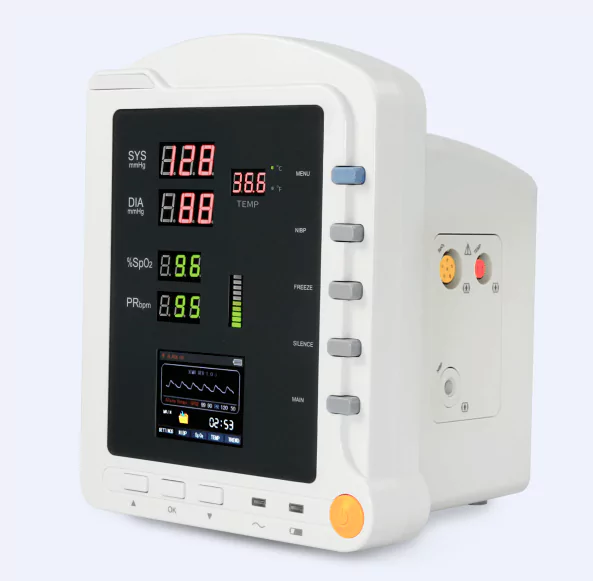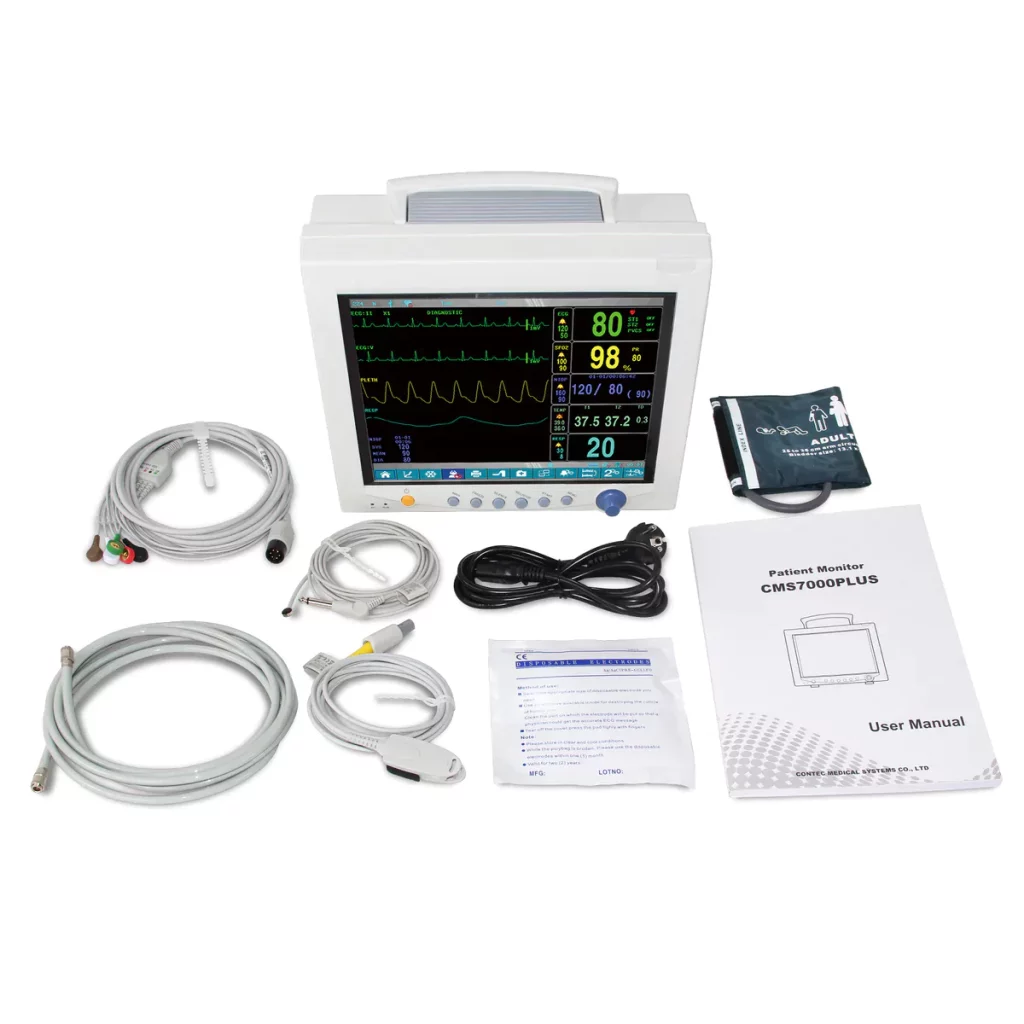- Your cart is empty
- Continue Shopping
What is the Patient Monitoring System

Introduction to Patient Monitoring Systems
Patient monitoring systems are essential to modern healthcare, enabling medical professionals to track a patient’s health status continuously. These systems are crucial for critically ill patients, those undergoing major surgeries, or individuals with conditions that require close observation. By providing real-time data to healthcare providers, patient monitoring systems help make informed decisions, ensure timely interventions, and improve overall patient outcomes.
The Evolution and Importance of Patient Monitoring
Initially, patient monitoring was conducted manually, with nurses and doctors periodically checking patients’ vital signs. However, with advancements in technology, automated systems have been developed. These systems continuously assess vital health metrics such as heart rate, blood pressure, respiratory rate, and other physiological data. The evolution of patient monitoring systems has transformed healthcare by providing constant, real-time health status updates, which are critical in emergency and intensive care scenarios.
Components and Types of Patient Monitoring Systems
Patient monitoring systems comprise various devices and technologies to monitor different health parameters. Common components include:
- Sensors: These are attached to the patient’s body to collect data on vital signs.
- Monitors: Devices that display the collected data, often in waveform or numeric format.
- Central monitoring stations, typically used in hospitals, allow healthcare providers to observe multiple patients simultaneously.
- Wireless communication systems enable remote monitoring of patients, facilitating healthcare delivery in home settings or remote areas.
There are several types of patient monitoring systems, each tailored to specific medical needs:
- Bedside Monitors: These are commonly used in hospitals to monitor vital signs continuously.
- Telemetry Systems: These systems transmit data wirelessly to a central station for patients who can move around.
- Wearable Monitors: These devices are increasingly popular in home healthcare and offer continuous monitoring without restricting the patient’s mobility.
- Remote Patient Monitor Systems: These systems are designed for non-hospital settings, sending updates to healthcare providers from a patient’s home.
Advancements in Patient Monitoring
Technological advancements have significantly enhanced the functionality and reliability of patient monitor systems. Modern systems incorporate artificial intelligence and machine learning to predict patient trends and potential emergencies. For example, algorithms can analyze heart rate variability and other data to forecast cardiac events before they occur.
Benefits of Modern Patient Monitoring Systems
The benefits of using advanced patient monitoring systems are numerous:
- Improved patient safety: Continuous monitoring can detect potentially life-threatening changes in a patient’s condition, allowing immediate intervention.
- Enhanced healthcare efficiency: Automated systems reduce the workload on healthcare staff and increase data accuracy.
- Better patient outcomes: Early detection of adverse events leads to timely treatments, improving recovery rates.
- Cost-effectiveness: Patient monitor systems can significantly decrease healthcare costs by preventing emergencies and reducing hospital stays.
Challenges and Considerations
Despite their benefits, there are challenges to the widespread implementation of advanced patient monitoring systems:
- Cost: High-end systems can be expensive to install and maintain.
- Data overload: The large volumes of data generated can be overwhelming for healthcare providers to manage without adequate training.
- Privacy concerns: Ensuring the security and confidentiality of patient data is critical, especially with systems that transmit data remotely.

Future Prospects
The future of patient monitoring looks promising, with continuous innovations aimed at enhancing patient care. Integration of Internet of Things (IoT) devices, further development of non-invasive monitoring technologies, and improvements in data analytics are expected to drive significant advancements in this field.
Conclusion
Patient monitoring systems are indispensable tools in modern healthcare. By providing continuous, real-time insights into a patient’s health status, these systems play a crucial role in improving patient outcomes and enhancing the efficiency of healthcare services. As technology continues to evolve, the capabilities of patient monitoring systems will expand, offering even more significant benefits and transforming the landscape of medical care.
Critical Points in Bullet Form
- Continuous Health Monitoring: Enables real-time tracking of vital signs and physiological data.
- Diverse Types: Includes bedside monitors, telemetry systems, wearable monitors, and remote monitoring systems.
- Technological Integration: Utilizes AI and machine learning for advanced data analysis and predictions.
- Significant Benefits: Enhances patient safety, reduces healthcare costs, and improves patient outcomes.
- Future Directions: Continued advancements in IoT integration and non-invasive technologies.

